admin
SOURCE: AFI

Adani Defence is poised for a significant milestone with the upcoming delivery of two critical weapon systems to the Indian Army.
The first delivery, scheduled for May 18th, 2024, comprises the highly anticipated UAV Launched Precision Guided Munition (ULPGM). This marks the fulfillment of a Limited Series Production (LSP) order placed by the Indian Army. The ULPGM, jointly developed with the Defence Research and Development Organisation (DRDO), represents a revolutionary step in Indian aerial warfare.
Continue readingSOURCE: AFI

China’s successful sea trial of its first domestically built supercarrier, the Fujian, has sent ripples across Asia, particularly to India. This 80,000-ton behemoth represents a significant leap in China’s naval capabilities and throws a spotlight on India’s own stalled aircraft carrier program.
The Fujian boasts several advancements, including a cutting-edge integrated propulsion system and electromagnetic catapults – a technology currently possessed only by the US Navy. This allows for more efficient and reliable launching of heavier aircraft compared to traditional steam catapults.
Continue readingSOURCE: AFI

Scientists from India’s National Centre for Polar and Ocean Research (NCPOR), based in Goa, are set for a month-long odyssey aboard the research vessel Argeo Searcher. This May marks their third voyage into the Indian Ocean as part of the government’s ambitious Deep Ocean Mission.
The mission has a captivating objective: to locate and explore hidden reserves of critical mineral deposits. These valuable resources are believed to be concentrated in polymetallic sulphide deposits, found near hydrothermal vents in the ocean depths.
Continue readingSOURCE: AFI
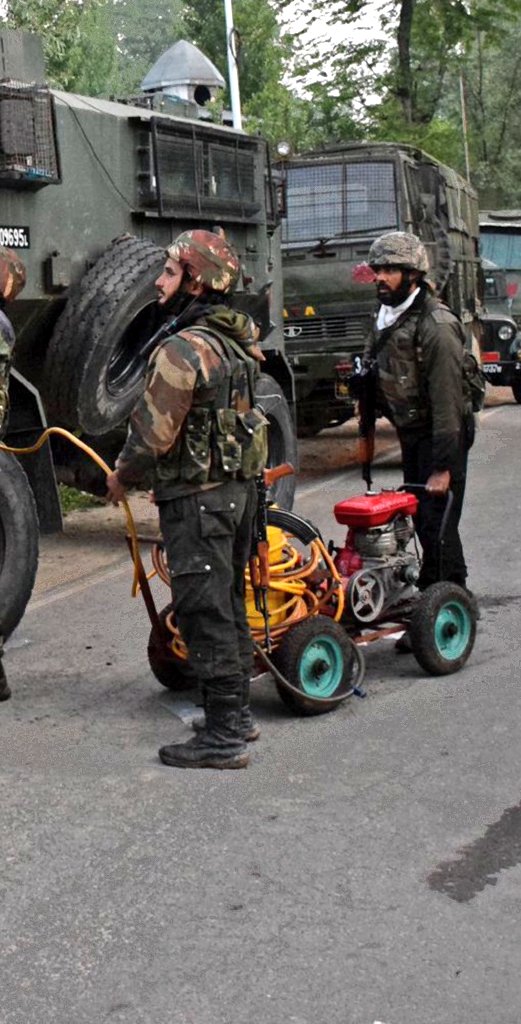
The recent encounter in Kulgam, Jammu and Kashmir, marked a rare instance of the Indian Army deploying a flamethrower. This unconventional tactic, reportedly used to neutralize trained terrorists, raises questions about its advantages and limitations in counter-terror operations.
The primary rationale behind using a flamethrower in Kulgam seems to be minimizing casualties on the Indian Army’s side. Flamethrowers excel at clearing fortified positions and flushing out hostiles from confined spaces. In situations like the Kulgam encounter, where terrorists might be holed up in a building, a flamethrower can neutralize the threat at a distance, reducing the risk of close-quarter combat for soldiers.
Continue readingSOURCE: RAUNAK KUNDE / NEWS BEAT / IDRW.ORG

India’s ambitious AMCA (Advanced Medium Combat Aircraft) program is set to receive a significant boost with the integration of DRDO-developed Ultra Wide Band (ULB) Radar Absorbing Skin (RAS). This cutting-edge technology promises to enhance the AMCA’s stealth capabilities, making it a true fifth-generation fighter jet.
ULB RAS is a specially designed material that absorbs electromagnetic waves across a wider range of frequencies, including those used by modern radars. This makes the aircraft significantly less visible to radar detection, giving it a critical advantage in modern warfare.
Continue readingSOURCE: RAUNAK KUNDE / NEWS BEAT / IDRW.ORG
The race for India’s massive Multi-Role Fighter Aircraft (MRFA) tender heats up as Boeing retains its offer for both the F/A-18E/F Super Hornet and the F-15EX Eagle II. This comes after the U.S. government granted Boeing a license to offer the F-15EX to India in 2021, leading to speculation that the Super Hornet might be dropped from contention.
However, Boeing has confirmed that both jets will remain on the table, giving the Indian Air Force (IAF) more options to choose from. This move also intensifies competition within the American defence industry, with Lockheed Martin also vying for the contract with its F-21 fighter, which it proposes to build in India.
Continue readingSOURCE: RAUNAK KUNDE / NEWS BEAT / IDRW.ORG
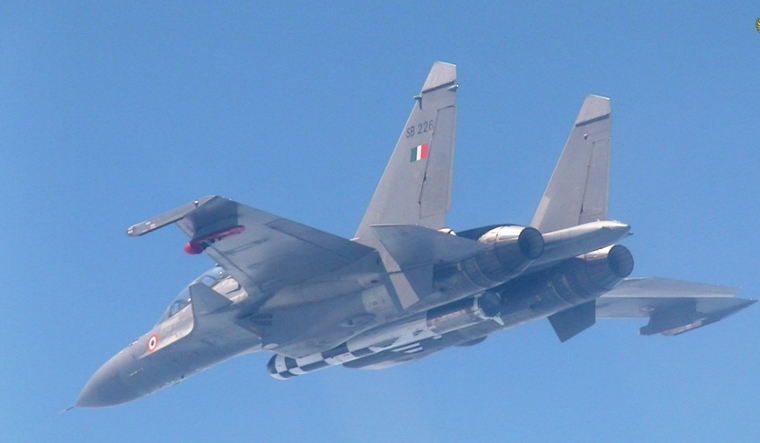
The Indian Air Force (IAF) is transforming a significant portion of its Su-30MKI fleet into powerful long-range strike platforms. With around 21 Su-30MKIs already modified to carry 2.5-ton Air Launched Cruise Missiles (ALCMs) like the BrahMos-A, and plans to make more aircraft BrahMos-A capable, the IAF is positioning itself for enhanced offensive capabilities.
An additional 19 Su-30MKIs are proposed to be upgraded for BrahMos-A compatibility, significantly boosting the IAF’s long-range strike power. By modifying and hardening these aircraft to carry ALCMs like the BrahMos-A, India gains a significant edge in the maritime domain.
Continue readingSOURCE: AFI
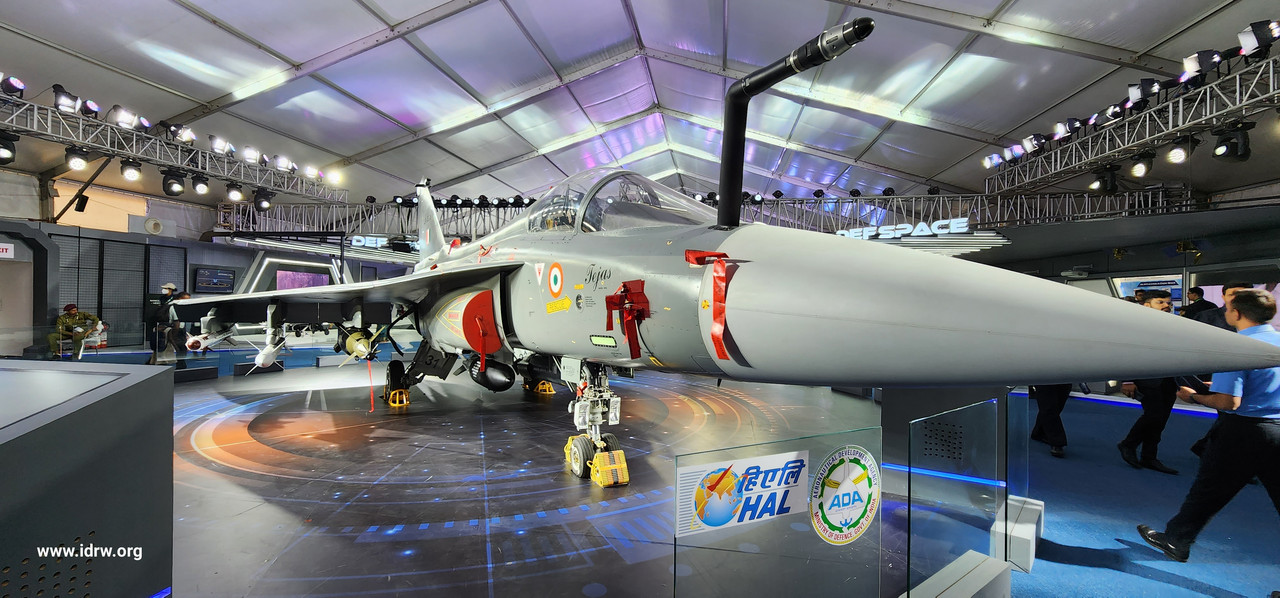
India’s Light Combat Aircraft (LCA) Tejas has garnered significant attention both domestically and internationally for its advanced capabilities and indigenous development. As India seeks to enhance its defense exports and position itself as a key player in the global aerospace market, the export potential of the LCA Tejas presents a promising opportunity.
Developed by the Aeronautical Development Agency (ADA) and produced by Hindustan Aeronautics Limited (HAL), the LCA Tejas is a fourth-generation, multi-role combat aircraft designed to meet the requirements of the Indian Air Force (IAF). With its advanced avionics, agile maneuverability, and cutting-edge technology, the LCA Tejas is well-suited for a wide range of combat missions, including air superiority, ground attack, reconnaissance, and maritime roles.
Continue readingSOURCE: AFI

Zen Technologies, a frontrunner in anti-drone technology, is confident in its future, according to company officials. In a recent statement, they acknowledged the presence of global competition but emphasized the positive reception their systems are receiving from potential customers.
Zen Technologies highlighted ongoing discussions with several countries interested in their anti-drone systems. This indicates a strong international demand for their technology. However, they also recognize that some customers may have specific needs that necessitate exploring alternative solutions.
Continue readingSOURCE: AFI

Bengaluru-based Kadet Defence Systems (KDS) has unveiled a new line of Loitering Aerial Munitions (LAM) designed for the Indian Armed Forces.
KDS has committed to delivering over 50 LAM units by the end of 2024. These advanced weapon systems were developed under a unique DCPP (Defence Capability Planning Committee) model, indicating collaboration with the DRDO (Defence Research and Development Organisation).
Continue readingSOURCE: AFI
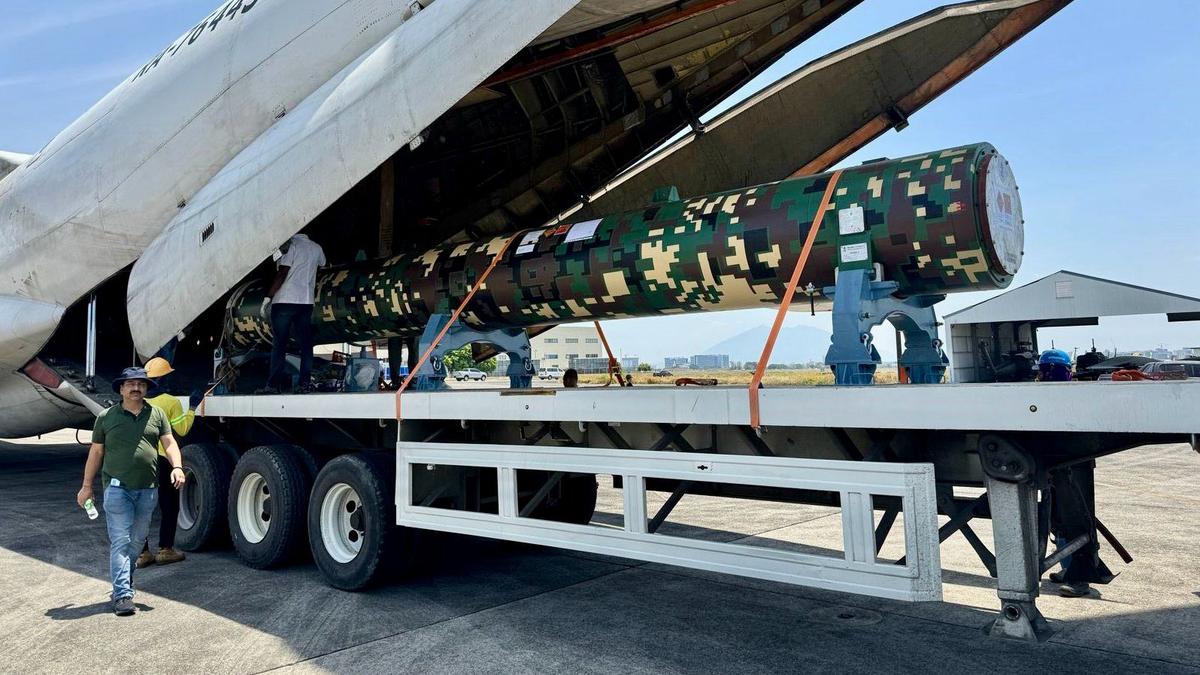
The Philippines sees the acquisition of BrahMos cruise missiles from India as a significant boost to its national security, according to Philippine Ambassador Josel Francisco Ignacio. Ambassador Ignacio hailed the BrahMos missiles as a source of “credible deterrence” and a “milestone” for the Philippines. This highlights the importance the Philippines places on this new capability.
The Ambassador further emphasized that the acquisition is a “recognition of India’s Defense Industry, defence capability.” This signifies a growing trust and partnership between the two nations in the defense sector.
Continue readingSOURCE: IDRW.ORG.
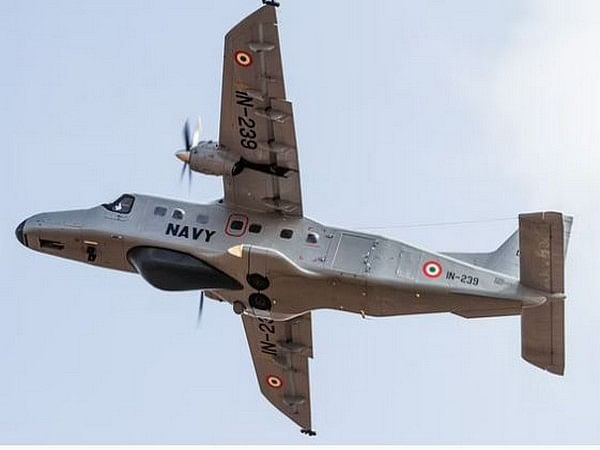
India’s defense establishment is taking a step forward in indigenous airborne surveillance technology. The Laboratory for Research and Development in Electronics (LRDE) and Hindustan Aeronautics Limited (HAL) Kanpur (Transport Aircraft Division or TAD) are reportedly planning a collaborative effort to integrate an X-band radar onto Dornier aircraft.
The centerpiece of this collaboration is LRDE’s X-band radar, designated HISAR (standing for High Accuracy Surveillance Active Radar). This all-weather, day-night microwave imaging system is designed for Intelligence, Surveillance, and Reconnaissance (ISR) missions.
Continue readingSOURCE: IDRW.ORG.
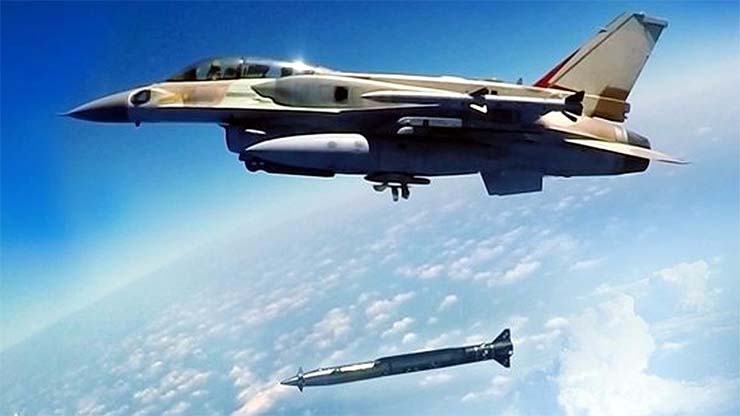
The Indian Air Force’s (IAF) decision to locally produce the Rampage, a long-range supersonic air-to-ground precision strike missile, has raised questions about India’s indigenous defense capabilities. Defence Anaylts Ranesh Rajan believe this technology could have been developed domestically by the Defense Research and Development Organisation (DRDO).
According to anonymous DRDO officials, the organization possesses the technological know-how to create a missile similar to Rampage. They point to the rejection of Pinaka-III, a proposed 150km range artillery rocket system with a 300mm caliber, as a missed opportunity. Rajan argue that adapting Pinaka technology for air launch could have provided a domestic alternative to Rampage.
Continue readingSOURCE: AFI

India’s Light Combat Aircraft (LCA) Tejas Mk1A is set to gain a new weapon in its arsenal – an anti-AWACS (Airborne Warning and Control System) missile based on the DRDO-developed STAR missile. This indigenous missile boasts an impressive range of 300 kilometers, significantly bolstering the Tejas’s ability to counter airborne threats.
The air-to-air variant of the STAR missile is specifically designed to neutralize slow-moving, high-value aerial platforms like AWACS aircraft, aerial refuelers, and airborne jammers. These platforms play a crucial role in enemy air operations, providing critical intelligence and support. By equipping the Tejas Mk1A with this anti-AWACS capability, India can potentially disrupt enemy air tactics and gain a significant advantage in air combat scenarios.
Continue readingSOURCE: AFI
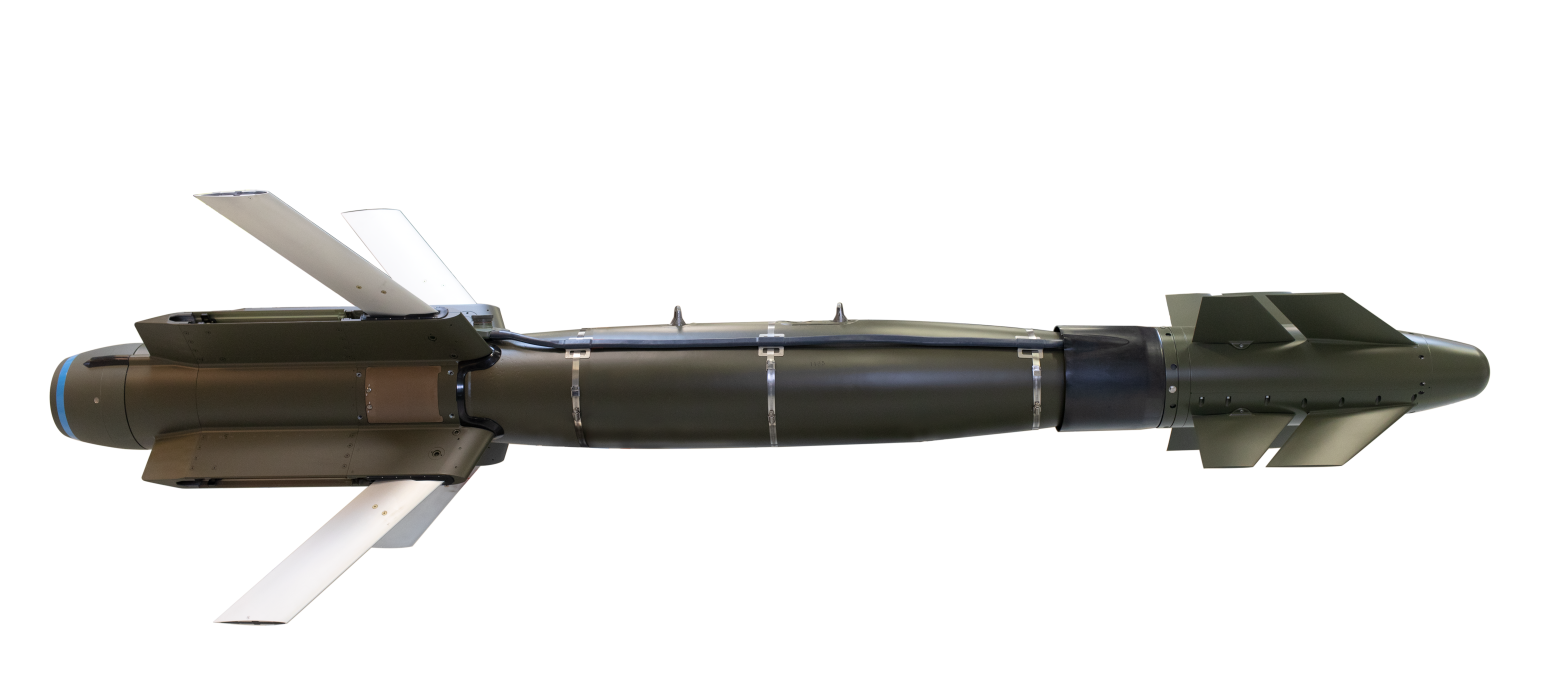
The Indian Air Force (IAF) is set to equip its upgraded Tejas Mk1A light combat aircraft with the highly potent HAMMER (Highly Agile Modular Munition Extended Range) missile system. This integration, currently underway by the Aeronautical Development Agency (ADA), will significantly enhance the Tejas’ ground attack capabilities.
India placed an order for an unspecified number of HAMMER kits from French manufacturer Safran in 2021. These kits are specifically designed for the Mk1A variant of the Tejas LCA. The HAMMER system boasts a modular design, allowing it to be equipped with various guidance units and carry different types of ordnance. This versatility enables the Tejas Mk1A to engage a wide range of ground targets, including fortified bunkers, with pinpoint accuracy from extended stand-off ranges of up to 70 kilometers.
Continue reading